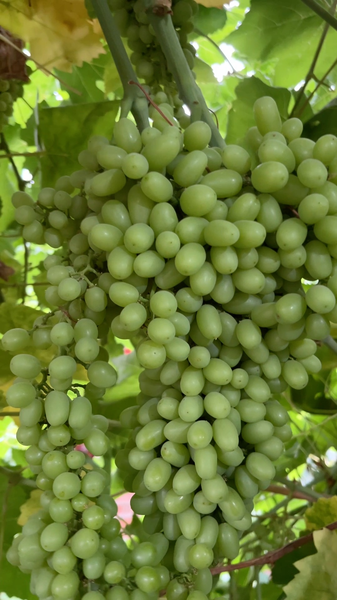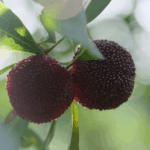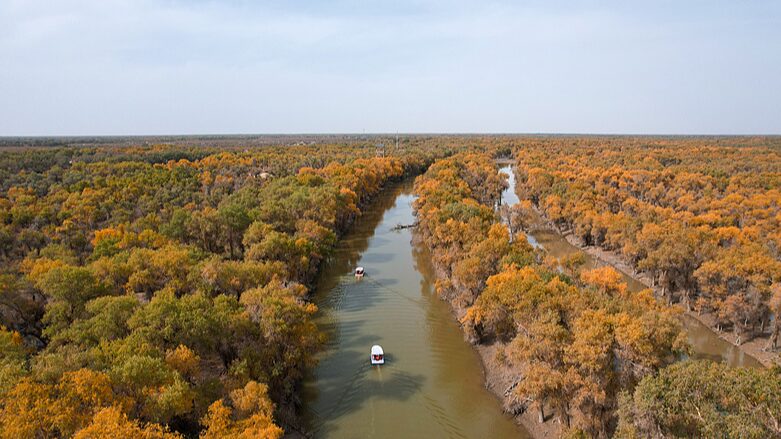In the sun-baked heart of Xinjiang's Turpan Basin, where summer temperatures regularly soar above 35°C (95°F) for more than 100 days annually, nature has crafted an unlikely agricultural marvel. This desert oasis, often called China's 'hottest furnace,' produces the nation's sweetest grapes – a juicy testament to resilience and climate adaptation.
From Scorching Heat to Sweet Success
The very conditions that make Turpan inhospitable to humans – intense sunlight, dramatic 20°C temperature swings between day and night, and minimal rainfall – create perfect growing conditions for grapes. These climate extremes concentrate sugars in the fruit, resulting in produce so sweet it accounts for 20% of China's total grape output.
For business professionals, Turpan's agricultural model offers insights into climate-smart farming. The region's traditional grape-drying houses ("chunche"), which use natural ventilation to preserve fruit without artificial energy, are attracting attention from sustainable agriculture researchers worldwide.
Cultural explorers will find Turpan's grape-centric traditions woven into daily life, from shaded vine trellises lining streets to annual harvest festivals. The region's Uygur communities have perfected grape cultivation over centuries, blending ancient wisdom with modern irrigation techniques fed by the karez underground water system.
Reference(s):
cgtn.com








